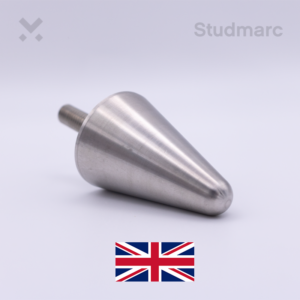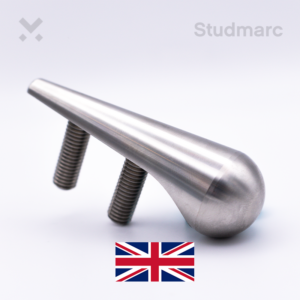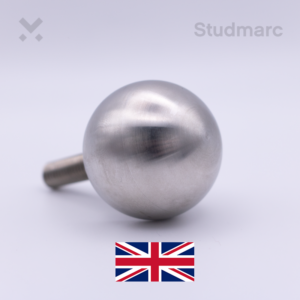How do architectural studs prevent anti-social behaviour?
Architectural studs are a valuable tool in preventing anti-social behaviour as they act as visual and physical deterrents for those aiming to perform unwanted activities. There are two primary actions that architectural studs seek to deter:
- Skating/grinding
- Inappropriate loitering/sitting
Why would we want to prevent those actions?
Skating and grinding on street furniture, walls, monuments, or installations can cause damage over time. The metal axle of the skateboard can grind away at the surface of a wall edge, gradually wearing it down over time or chipping away at the stone from the impact. This can result in costly repairs or the complete replacement of street furniture or installations. This is in addition to the possibility of injury to the skater or passers-by from failed attempts at grinding.
Loitering and sitting in inappropriate areas can become an issue for security-conscious locations like those outside of airports and embassies. Architectural studs can help keep foot traffic moving and deter individuals from hanging around for extended periods of time. It’s also preferable to prevent individuals from sitting on ledges that are high up or in precarious locations. The studs make it less than preferable to try and sit in these locations and prevent any falls that could do damage to the person attempting to sit there or the people below.
What architectural studs are used to prevent anti-social behaviour?
The two main types of studs that are used to combat these behaviours are anti-sitting studs and anti-skate studs. Both types of studs are designed to be installed into the surface they aim to protect.
Anti-sitting studs are shaped to disrupt the flat surface and create an uncomfortable texture that dissuades pedestrians from trying to sit down. They’re installed through drill and resin utilising an M8 fixing pin to prevent their removal by force.
Anti-skate studs overhang the surface they protect, this prevents skaters from being able to use straight lines on walls and street furniture to grind. The overhang also provides additional stability for the stud and keeps them flush with the surface preventing anyone from attempting to remove them. These skate studs also use one or two M8 fixing pins, depending on the size of the stud, for a long-lasting, tamperproof installation.
Both types of studs are generally made from 316L stainless steel as the composite material needs to be hard enough to absorb any punishment from those looking to remove them, while also having weather-resistant properties.
These architectural studs can prevent these anti-social behaviours through their presence alone, as just by being attached to the surface, anyone looking to perform that action knows that it won’t be possible. In many ways architectural studs like anti-skate and anti-sitting studs are almost an insurance policy for outdoor installations, an initial outlay that protects furniture, monuments, and buildings throughout their lifetime.



